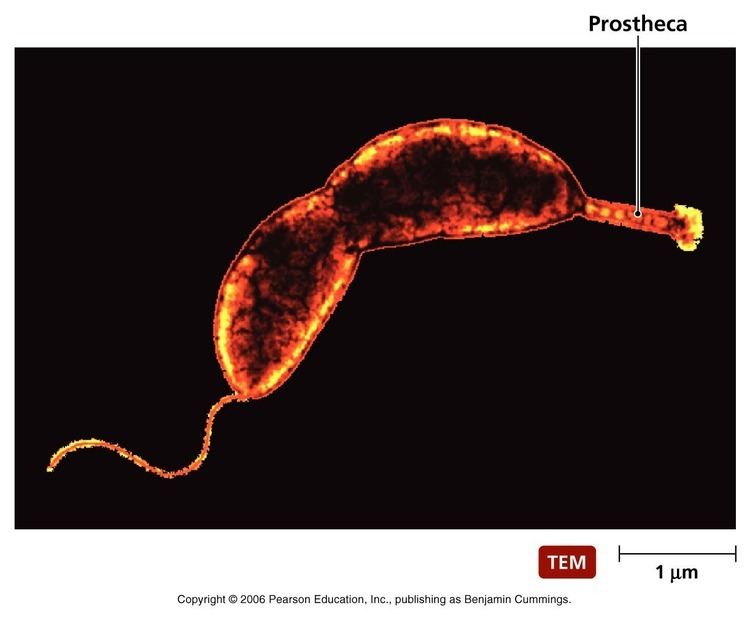Scientific name Proteobacteria | ||
Lower classifications Alphaproteobacteria, Gammaproteobacteria, Betaproteobacteria, Enterobacteriaceae, Deltaproteobacteria | ||
Dominio bacteria phylum proteobacteria 30 gammaproteobacteria enterobacteriaceae proteus
The "Proteobacteria" are a major phylum of Gram-negative bacteria. The name of the phylum has never been validly published as no type genus has been proposed, thus it must be styled in quotation marks as the name has no standing in nomenclature. They include a wide variety of pathogens, such as Escherichia, Salmonella, Vibrio, Helicobacter, Yersinia, and many other notable genera. Others are free-living (nonparasitic), and include many of the bacteria responsible for nitrogen fixation.
Contents
- Dominio bacteria phylum proteobacteria 30 gammaproteobacteria enterobacteriaceae proteus
- Dominio bacteria phylum proteobacteria 1
- Characteristics
- Taxonomy
- Transformation
- References

Carl Woese established this grouping in 1987, calling it informally the "purple bacteria and their relatives". Because of the great diversity of forms found in this group, the "Proteobacteria" are named after Proteus, a Greek god of the sea capable of assuming many different shapes and is not named after the genus Proteus.

The Alphaproteobacteria grow at very low levels of nutrients and have unusual morphology such as stalks and buds. They include agriculturally important bacteria capable of inducing nitrogen fixation in symbiosis with plants. The type order is the Caulobacterales, comprising stalk-forming bacteria such as Caulobacter.

The Betaproteobacteria are highly metabolically diverse and contain chemolithoautotrophs, photoautotrophs, and generalist heterotrophs. The type order is the Burkholderiales, comprising an enormous range of metabolic diversity, including opportunistic pathogens.
The Gammaproteobacteria are the largest class in terms of species with validly published names. The type order is the Pseudomonadales, which include the genera Pseudomonas and the nitrogen-fixing Azotobacter.
The Deltaproteobacteria include bacteria that are predators on other bacteria and are important contributors to the anerobic side of the sulfur cycle. The type order is the Myxococcales, which includes organisms with self-organising abilities such as Myxococcus spp.
The Epsilonproteobacteria are often slender, Gram-negative rods that are helical or curved. The type order is the Campylobacterales, which includes important food pathogens such as Campylobacter spp.
The Oligoflexia are filamentous aerobes. The type order is the Oligoflexales, which contains the genus Oligoflexus.
The Acidithiobacillia contain only sulfur-oxidising autotrophs. The type order is the Acidithiobacillales, which includes economically important organisms used in the mining industry such as Acidithiobacillus spp.
Dominio bacteria phylum proteobacteria 1
Characteristics
All "Proteobacteria" are Gram-negative, though some may stain Gram-positive or Gram-variable in practice, with an outer membrane mainly composed of lipopolysaccharides. Many move about using flagella, but some are nonmotile or rely on bacterial gliding. The last include the Myxobacteriales, an order of bacteria that can aggregate to form multicellular fruiting bodies. Also, a wide variety in the types of metabolism exists. Most members are facultatively or obligately anaerobic, Chemolithoautotrophic, and heterotrophic, but numerous exceptions occur. A variety of genera, which are not closely related to each other, convert energy from light through photosynthesis.
"Proteobacteria" are associated with the imbalance of microbiota of the lower reproductive tract of women. These species are associated with inflammation.
Taxonomy
The group is defined primarily in terms of ribosomal RNA (rRNA) sequences. The Proteobacteria are divided into six classes with validly published names, referred to by the Greek letters alpha through epsilon and the Acidithiobacillia and Oligoflexia. These were previously regarded as subclasses of the phylum, but they are now treated as classes. These classes are monophyletic. The genus Acidithiobacillus, part of the Gammaproteobacteria until it was transferred to class Acidithiobacillia in 2013, is paraphyletic to Betaproteobacteria according to multigenome alignment studies.
Proteobacterial classes with validly published names include some prominent genera: e.g.:
Transformation
Transformation, a process in which genetic material passes from bacterium to another, has been reported in at least 30 species of Proteobacteria distributed in the classes alpha, beta, gamma and epsilon. The best-studied Proteobacteria with respect to natural genetic transformation are the medically important human pathogens Neisseria gonorrhoeae (class beta), Haemophilus influenzae (class gamma) and Helicobacter pylori (class epsilon). Natural genetic transformation is a sexual process involving DNA transfer from one bacterial cell to another through the intervening medium and the integration of the donor sequence into the recipient genome. In pathogenic Proteobacteria, transformation appears to serve as a DNA repair process that protects the pathogen’s DNA from attack by their host’s phagocytic defenses that employ oxidative free radicals.
